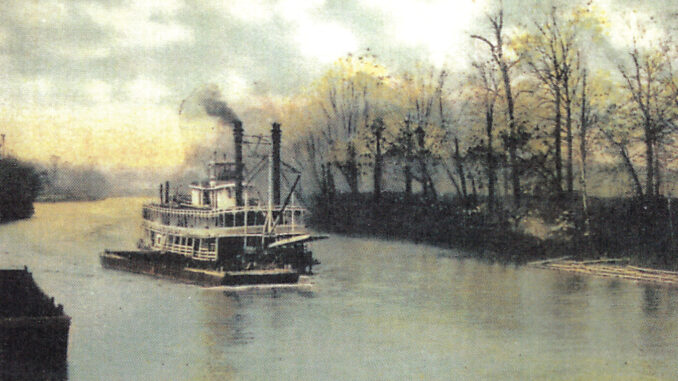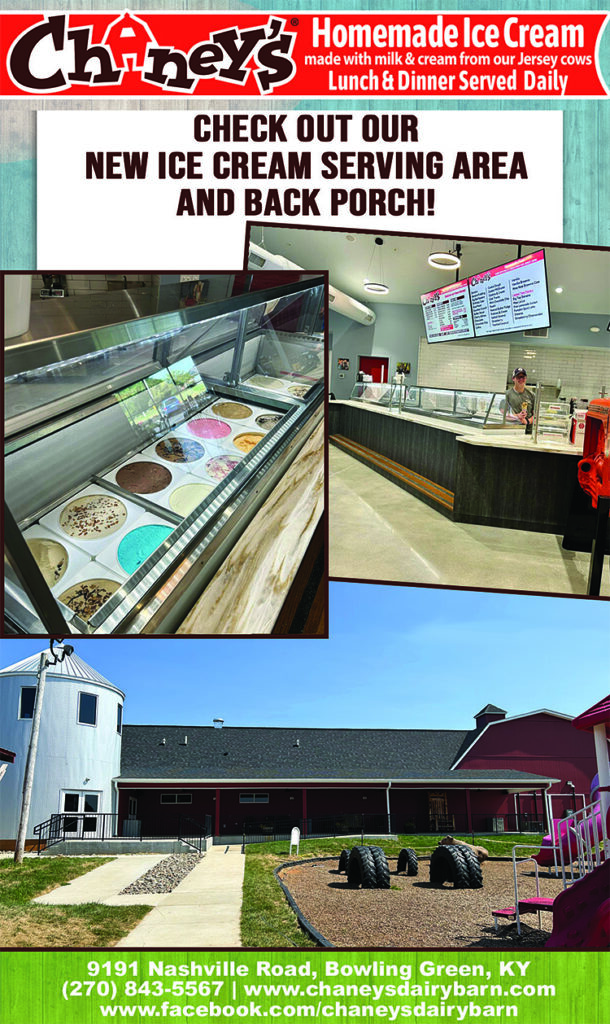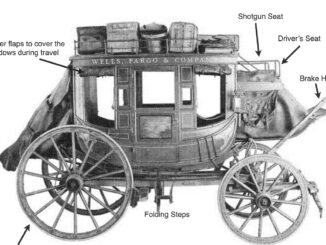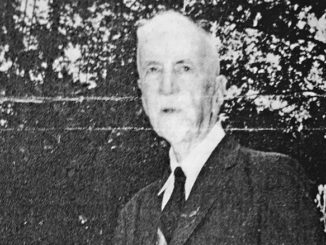
Citizens of the Bowling Green-Warren County community are blessed with a massive amount of information about the people, events, hopes and dreams of the individuals who initiated this community, guided its growth, and established a firm foundation for future generations. Thanks to individual collectors, a community-based newspaper, a university’s depository of valuable pictures, documents, and other mementoes, this area is a blessed haven for history lovers.
One document this writer encountered years ago is still a favorite and has been reread many times. It is an Early History of Bowling Green written by Judge John B. Rodes. At the request of the local Daily News in 1917, Judge Rodes used his years of research and experience to create this series of articles. It serves as a good guide into events and history searchers have used this guide and have managed to seek out additional data to enhance the local reservoir of facts or fictions.
Like most small communities during the settlement period of our nation’s history, Bowling Green grew through the natural development stages starting with the footpaths of early explorers. Next came their arrival on horseback and wagons. This led to using the waterways to create trade with other communities. The growth of the railroad opened more trading opportunities. Finally, the rise of motorized vehicles made possible greater changes. These stages highlight the story of most towns but the flow of events will differ.
All stages of growth are interesting, but the use of the river in development has a unique glamour of its own. Fortunately, this community had James Rumsey Skiles, Jacob Van Meter, John Hines, and a host of other enterprising individuals who focused on the river development locally. Recognizing the possibility of trade by way of Little Barren to ports along the Green River and down the Mississippi to New Orleans, these leaders worked with the state government and the Corps of Engineers to build dam and lock facilities to open the waterways for steamboats. Locally, they directed teams of workers to clear trees and other encumbrances out of the river. Flatbottom boats already ran traffic over the distance, but heavier steamboats could not traverse the shallow area.
Mr. James Rumsey Skiles had built a steamboat for himself only to discover he could not use it on the Barren. He and Jacob Van Meter, about 1832, had already built amazing rail lines from the heart of Bowling Green to the Boatlanding, enabling more goods to be shipped from this location. In continuing efforts, the promoters had a warehouse building of several floors to be built. A tavern ran by McMullen and Higgins was located at the end of Boatlanding Road where the Portage Rail Line stopped. The tavern, later known as the Red Tavern, became the most popular spot in Bowling Green when the city forbid the sale of alcohol drinks, as it was lying outside the city limits. This tavern was existing when the 1913 flood occurred. One part of the warehouse was lost in the flood, along with large oil barrels that were swept away. The saddest loss in the flood was the “Flying Jenny” merry-go-round, very popular with locals and visitors.
With the amount of activity around Boatlanding, one would think Bowling Green would be a river town. With the arrival of steamboats for trade and individuals booking travel, it certainly received its share of attention. However, most residents were not employed by the river trade. The city and county had developed an agricultural and industrial profile and most individuals related to these concerns made use of the river trade only as needed. From the 1820s thru 1850 existed the booming time of the river glory days. Evansville and Bowling Green package companies were kept busy by the public’s seeking trips on the waterways. For a time, these two ships provided trips, even though the lock and dam system failed. The Evansville ship was at Bowling Green dock, and the Bowling Green boat was on the other side of the damaged lock. Each boat would take their customers to their side of the obstruction, let the customer offshore to walk to the other boat and reboard to continue on their way. Oh, the glory days of a trip on these two ships and on the Emma, Speed, or the popular Chaperon.
The Chaperon’s main appeal was its trips to Mammoth Cave. It featured a four-day trip on the steamboat, a day up the Barren to Green River, a ride on the train into the cave park, with housing and meals covered as you enjoyed the world’s largest cave system, then a return to the Boatlanding in Bowling Green. Oh, the thrill of sailing leisurely past the local communities, hearing the bells or whistles and maybe the exciting music of a calliope drifting downstream. Sit on the deck and observe the other boats, barges, and flatbottoms and maybe you will get to pass a line of tugboats filled with road paving on their way downstream to Warren County.
The growing knowledge of rail service sparked an interest, but during the 1850s and 1890s steamboats were experiencing the golden age of river travel. Unfortunately, the dates likewise marked the rapid decline of steamboating, As the railways connected the cities with water-based industries, the glory days of leisure trips on the waterways saw a decline.
Today the Boatlanding Ramp with its nearby James Hines Park still has its charm for fishermen and boat lovers. Warren County has a delightful location of ramps that are free to use: Woodbury Ramp, Riverside Ramp, Lonnie White Boat Ramp, Potter-Combs Ramp (Weldon Peete Park), Martinsville Ford/Claypool Ramp, and Barren River Lake. ENJOY!
-by Mary Alice Oliver
About the Author: Mary Alice Oliver is a Bowling Green native who is a 1950 graduate of Bowling Green High School. She retired from Warren County Schools after 40 years in education. Visiting familiar sites, researching historical records and sharing memories with friends are her passions.






